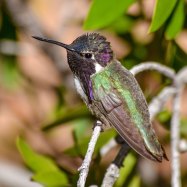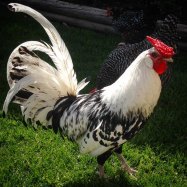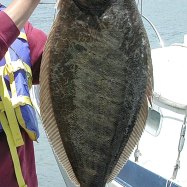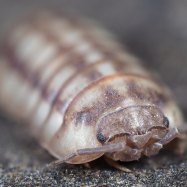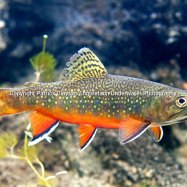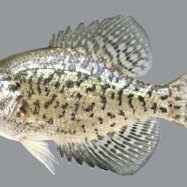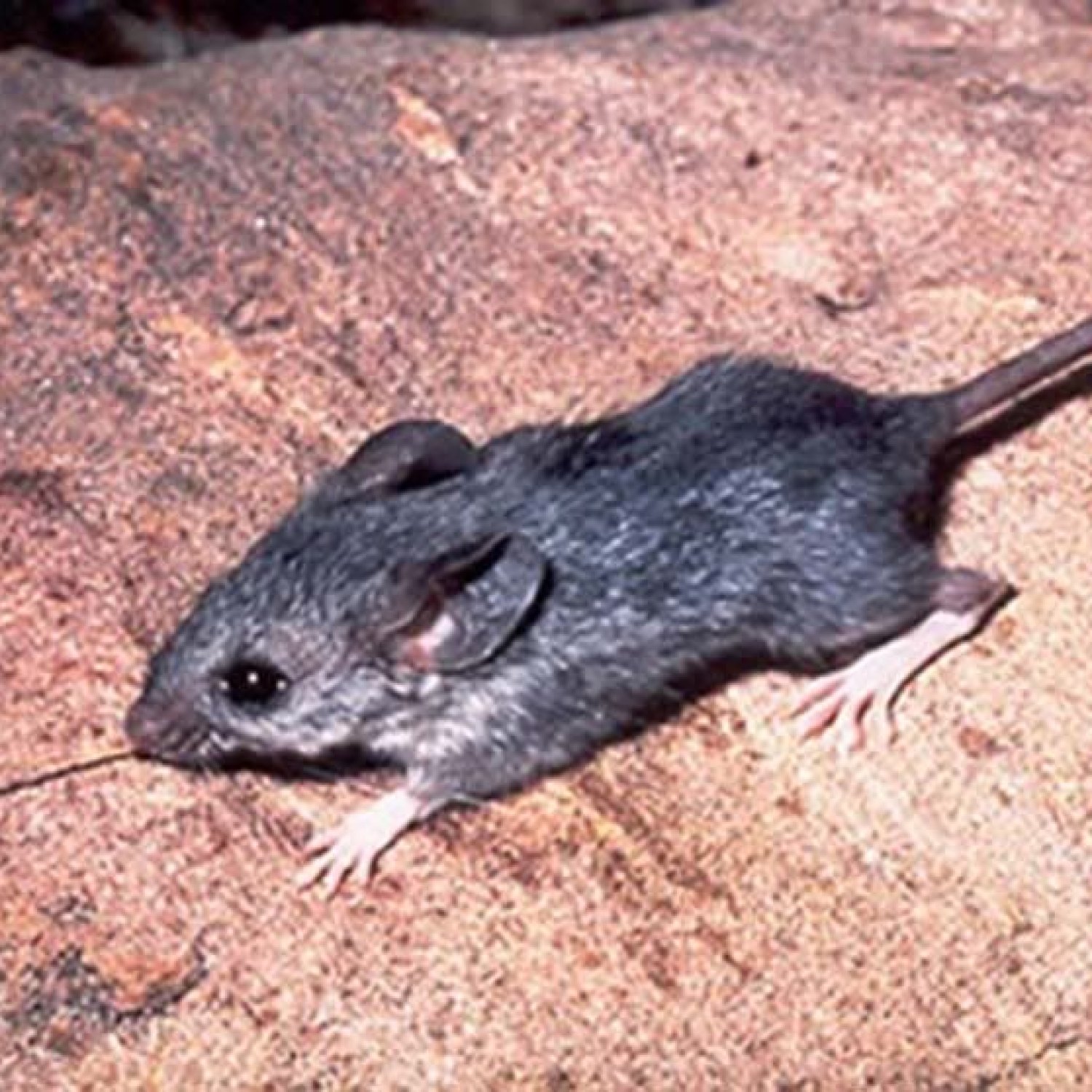
Cactus Mouse
3-4 inches
The Cactus Mouse, named for its ability to survive in harsh desert conditions, is a small, slender rodent found in the Southwestern US and northern Mexico. Measuring just 3-4 inches in length, this mouse belongs to the Cricetidae family. Its unique body shape allows it to move easily through the arid landscape, making it a true survivor in its habitat. #CactusMouse #SouthwestWildlife #DesertSurvivor
Animal Details Summary:
Common Name: Cactus Mouse
Kingdom: Animalia
Habitat: Deserts, semi-arid regions, grasslands
The Resilient Cactus Mouse: Surviving in the Harsh Deserts of the Southwest
When you think of a desert, what comes to your mind? Endless stretches of sand, extreme temperatures, and a harsh and unforgiving environment. Yet, despite these hostile conditions, there are creatures that thrive and call it their home. One such animal is the Cactus Mouse, a small and unassuming mammal that is found in the deserts, semi-arid regions, and grasslands of the southwestern United States and northern Mexico.Scientifically known as Peromyscus eremicus, the Cactus Mouse is a member of the Rodentia order and the Cricetidae family, which includes mice, rats, and voles Cactus Mouse. Let us delve deeper into the life and habits of this fascinating creature and discover how it has adapted to survive in one of the harshest environments on the planet.
Kingdom: Animalia
Like all animals on Earth, the Cactus Mouse belongs to the Kingdom Animalia. This classification includes all multicellular, eukaryotic organisms, with the majority possessing a nervous system and the ability to move and reproduce sexually. It is the largest kingdom in terms of the number of species, ranging from microscopic invertebrates to giant mammals.Phylum: Chordata
The Cactus Mouse belongs to the Phylum Chordata, which includes all animals with a notochord, a hollow dorsal nerve cord, and pharyngeal slits during some stage of their development. This phylum is incredibly diverse, with members ranging from fish to humans.Class: Mammalia
The Cactus Mouse is a member of the Class Mammalia, which includes all vertebrate animals that have hair, mammary glands, and three middle ear bones. Mammals are known for their ability to regulate their body temperature and their complex behaviors, including social interactions and parental care.Order: Rodentia
As mentioned earlier, the Cactus Mouse belongs to the Order Rodentia, which includes over 40% of all mammal species Chinook. Rodents are characterized by their continuously-growing incisors and have adapted to a variety of habitats, including deserts, forests, and even the depths of the ocean.Family: Cricetidae
The Cactus Mouse is a part of the Family Cricetidae, which includes over 600 species of rodents. These animals are found worldwide and have adapted to various habitats, including grasslands, forests, and deserts.Habitat
The Cactus Mouse is a desert-dwelling species and can be found in the deserts of the southwestern United States, including California, Arizona, and Nevada, as well as the northern regions of Mexico. These areas are characterized by hot and dry summers, with temperatures reaching up to 120°F (49°C). Despite the harsh conditions, the Cactus Mouse has adapted to this environment and can also be found in semi-arid regions and grasslands.Feeding Method
The Cactus Mouse is an omnivorous species, meaning it consumes both plant and animal matter. Its diet consists mainly of seeds, fruits, and insects, making it a vital part of the desert ecosystem. These rodents have also been observed feeding on cactus fruits and pads, proving that they can find nourishment even in the most unlikely of places.Geographical Distribution
The Cactus Mouse is endemic to the southwestern United States and northern Mexico. It is found in various areas of these regions, including deserts, semi-arid regions, and grasslands. These animals are known to be territorial and have a range of about 0.75 acres, within which they hunt and gather food.Country of Origin
The Cactus Mouse is indigenous to the United States and Mexico, making these two countries its country of origin. It is not found in any other parts of the world, highlighting its adaptability and resilience in its natural habitat.Location
As mentioned earlier, the Cactus Mouse can be found in the deserts, semi-arid regions, and grasslands of the United States and Mexico. These areas span across the southwestern regions of both countries and provide a unique and challenging environment for these rodents to thrive in.Animal Coloration
The Cactus Mouse has a distinct gray-brown coloration, making it well-camouflaged in its desert environment. This helps it to blend in with its surroundings, making it less visible to potential predators.Body Shape
The Cactus Mouse has a small and slender body shape, with a distinctively long tail. This body structure helps it to navigate through tight spaces and find shelter in the desert landscape.Length
On average, the Cactus Mouse measures between 3-4 inches, making it quite small in size. Despite its small stature, this rodent has proven to be a formidable survivor in the harsh desert environment.In conclusion, the Cactus Mouse is a remarkable species, adapting and thriving in one of the harshest environments on Earth. Its ability to find food and shelter in the desert is a testament to its resilience and resourcefulness. As we continue to explore and learn more about our planet and its inhabitants, let us not forget to appreciate and protect these incredible creatures that call it their home.

Cactus Mouse
Animal Details Cactus Mouse - Scientific Name: Peromyscus eremicus
- Category: Animals C
- Scientific Name: Peromyscus eremicus
- Common Name: Cactus Mouse
- Kingdom: Animalia
- Phylum: Chordata
- Class: Mammalia
- Order: Rodentia
- Family: Cricetidae
- Habitat: Deserts, semi-arid regions, grasslands
- Feeding Method: Omnivorous
- Geographical Distribution: Southwestern United States and northern Mexico
- Country of Origin: United States, Mexico
- Location: Southwestern United States and northern Mexico
- Animal Coloration: Gray-brown
- Body Shape: Small, slender
- Length: 3-4 inches

Cactus Mouse
- Adult Size: 3-4 inches
- Average Lifespan: 1-2 years
- Reproduction: Sexual
- Reproductive Behavior: Seasonal breeding
- Sound or Call: Chirping, squeaking
- Migration Pattern: Mostly sedentary
- Social Groups: Solitary
- Behavior: Nocturnal
- Threats: Habitat destruction, predation
- Conservation Status: Least Concern
- Impact on Ecosystem: Seed dispersal
- Human Use: None
- Distinctive Features: Big eyes, large ears, long tail
- Interesting Facts: Can survive without drinking water
- Predator: Coyotes, owls, snakes

Peromyscus eremicus
The Unique Cactus Mouse: Surviving in the Arid Desert
Amidst the scorching heat and barren landscape of the desert, a small, yet resilient creature thrives - the Cactus Mouse.Standing at 3-4 inches in size, the Cactus Mouse may seem like an inconspicuous rodent, but it has some unique features that make it stand out. With big eyes, large ears, and a long tail, these little creatures have adapted to survive in the harsh environment of the desert.
But what exactly sets the Cactus Mouse apart from other rodents and how does it survive in one of the most challenging habitats on Earth? Let's dive deeper into the world of the Cactus Mouse to find out PeaceOfAnimals.Com.
The Cactus Mouse's Habitat and Behavior
The Cactus Mouse is native to the deserts of the southwestern United States and northern Mexico. They can be found in a variety of desert habitats, including sandy dunes, rocky mountainsides, and even in the thickets of cacti where they get their name from.These solitary creatures are mostly sedentary, meaning they do not migrate but instead have a small home range where they spend their entire life. They are most active at night, making them nocturnal animals. This behavior is essential for their survival as the desert temperatures during the day can reach over 120 degrees Fahrenheit and make it challenging to find food and stay hydrated.
Their social group consists of only themselves, with occasional interactions with other Cactus Mice during the breeding season. Speaking of breeding, the Cactus Mouse has an interesting reproductive behavior - they are seasonal breeders. This means that they reproduce only during specific times of the year when resources are abundant.
The Cactus Mouse's Reproduction and Sound
In the wild, the Cactus Mouse reaches sexual maturity at 6 to 8 weeks of age, and their breeding season typically occurs from February to September Corn Earworm. During this time, both males and females become more vocal, making chirping and squeaking sounds to communicate with potential mates.One fascinating fact about the Cactus Mouse is that they have a relatively short lifespan of 1-2 years. However, they make up for it by having a high reproductive rate. Females can give birth to several litters throughout the breeding season, with each litter consisting of 2-5 pups.
The Cactus Mouse's Unique Adaptations
As mentioned earlier, the Cactus Mouse has some distinctive features that set it apart from other rodents. One of its most striking attributes is its big eyes and large ears. These adaptations allow them to see and hear better in the dark, aiding in their survival as nocturnal animals.Another unique feature of the Cactus Mouse is its long tail, which makes up more than half of its body length. This tail helps with balance and assists in climbing through the spiky cacti that they call home.
But perhaps the most remarkable adaptation of the Cactus Mouse is its ability to survive without drinking water. Being in the desert means that water is scarce, and the Cactus Mouse has managed to adapt to this environment. They obtain most of their water from the seeds and fruits that they consume, and their kidneys are capable of conserving water, allowing them to stay hydrated without drinking.
The Cactus Mouse's Place in the Ecosystem
The Cactus Mouse may be a small creature, but its role in the ecosystem is critical. They primarily feed on seeds and fruits, making them important seed dispersers. As they move throughout their home range, they unknowingly transport seeds to different areas, helping with plant reproduction and maintaining the balance in the desert ecosystem.Additionally, the Cactus Mouse also serves as prey for larger animals, such as coyotes, owls, and snakes. Without their presence, these predators would have a harder time finding food, leading to potential imbalances in the food chain.
Threats and Conservation
Despite being relatively abundant in its range, the Cactus Mouse still faces some threats, especially from habitat destruction. As human activity continues to encroach upon its habitat, the Cactus Mouse's population is at risk of decline. Their specialized adaptations and solitary behavior also make them less likely to survive in captivity, making conservation efforts more challenging.Currently, the Cactus Mouse is classified as a species of Least Concern by the International Union for Conservation of Nature (IUCN). However, it is still essential to protect their habitat and raise awareness about their unique role in the desert ecosystem to ensure their long-term survival.
Human Use and Predator Response
Being in the lower end of the food chain, the Cactus Mouse doesn't have any significant human use. They are not kept as pets, and their relatively short lifespan makes them less popular as laboratory animals. However, their presence in the desert ecosystem provides crucial benefits to humans, such as helping to preserve plant diversity and acting as a food source for larger predators.One interesting behavior of the Cactus Mouse that has caught the attention of researchers is their predator response. Studies have shown that when threatened, the Cactus Mouse stands on its hind legs and raises its front paws, making it appear more prominent to potential predators. This behavior, known as "stotting," is also commonly observed in animals like gazelles and impalas.
Fascinating Facts about the Cactus Mouse
To wrap up, let's take a look at some interesting facts about the Cactus Mouse that will surely leave you amazed:- The Cactus Mouse can survive without drinking water, obtaining most of its hydration from food sources.
- They are excellent climbers, even scaling the spiky cacti that they live in.
- The majority of their communication is through vocalizations, making chirping and squeaking sounds.
- Cactus Mice have large litters, with each litter consisting of 2-5 pups.
- They are incredibly resilient animals, adapting to survive in the harsh desert environment with their unique physical and behavioral characteristics.
Final Thoughts
The Cactus Mouse may not be the most well-known rodent, but it has proven to be a remarkable species that has successfully adapted to survive in one of the toughest habitats on Earth. From their distinctive physical features to their crucial role in the desert ecosystem, the Cactus Mouse is a fascinating creature that deserves recognition and protection.As humans continue to impact the environment, it is essential to remember that every plant and animal, no matter how small, plays a vital role in maintaining balance in our world. The Cactus Mouse serves as a reminder that even in the harshest conditions, life can still thrive, and it is our responsibility to protect and preserve it for generations to come.
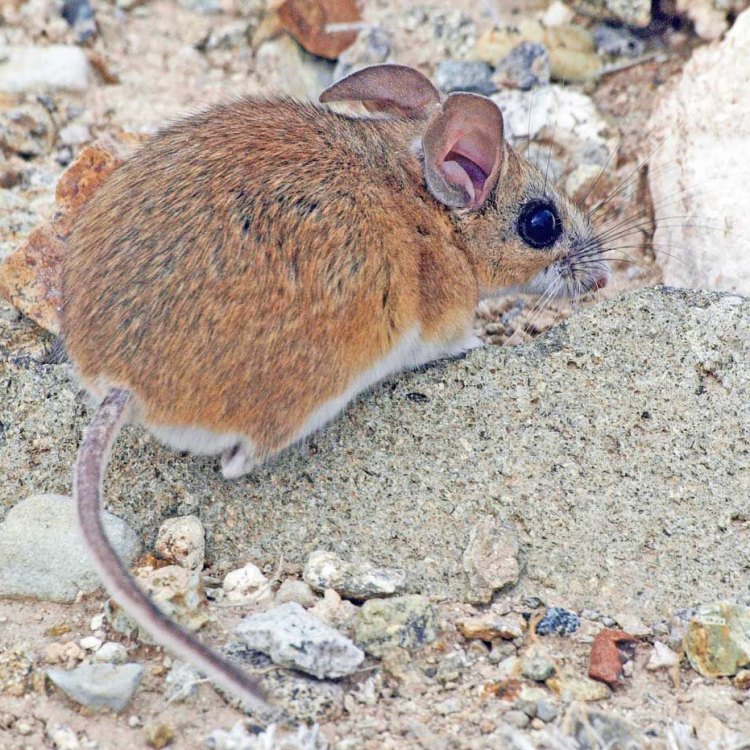
The Resilient Cactus Mouse: Surviving in the Harsh Deserts of the Southwest
Disclaimer: The content provided is for informational purposes only. We cannot guarantee the accuracy of the information on this page 100%. All information provided here may change without prior notice.


